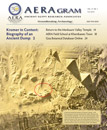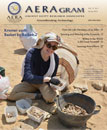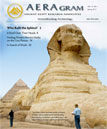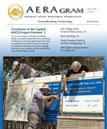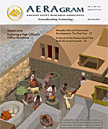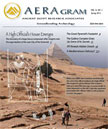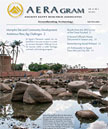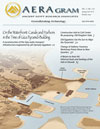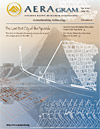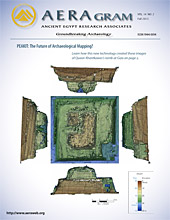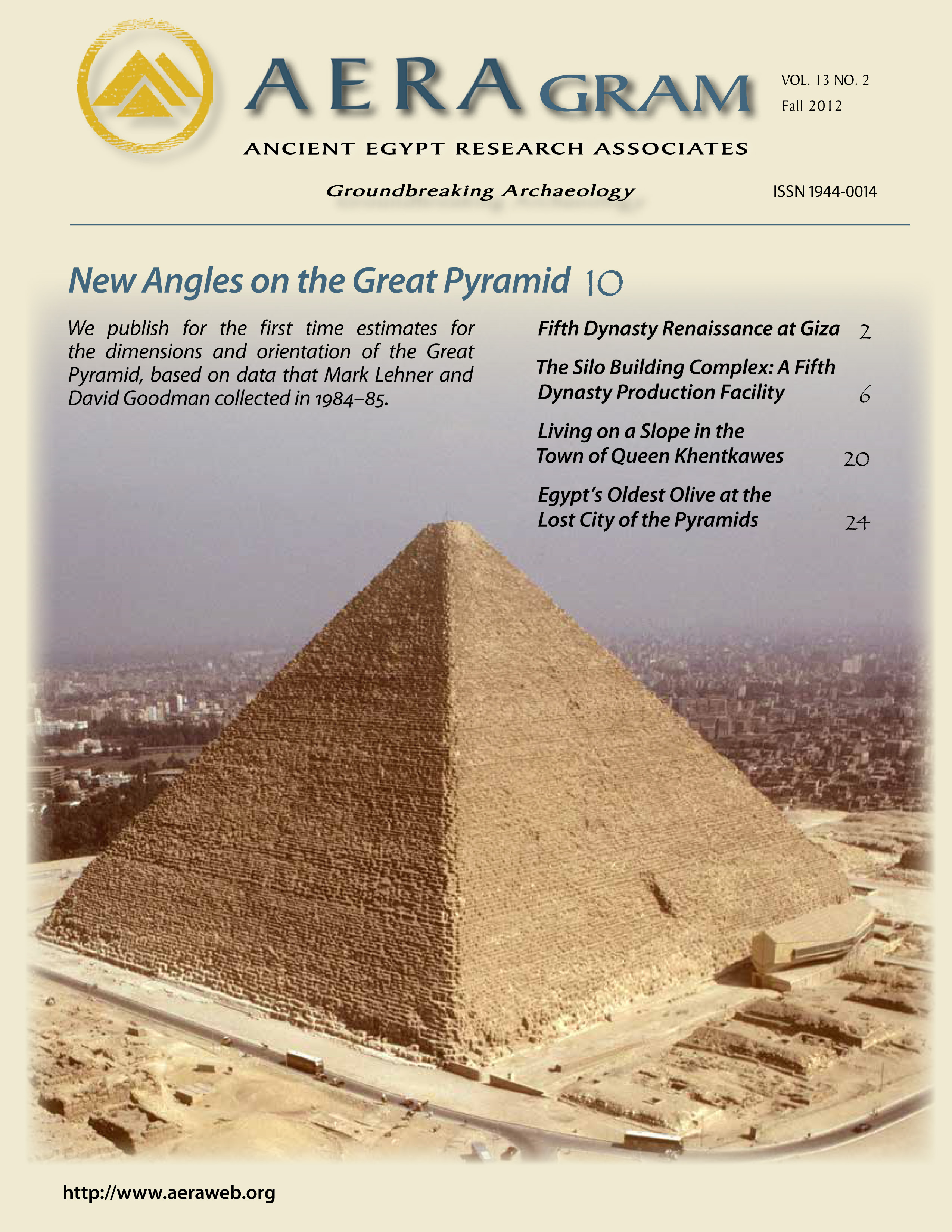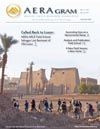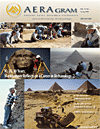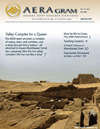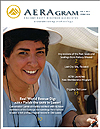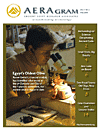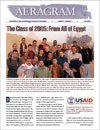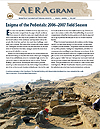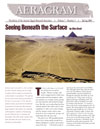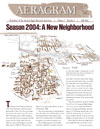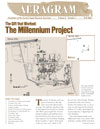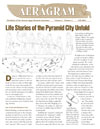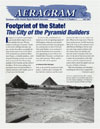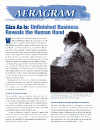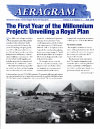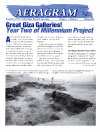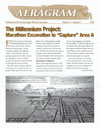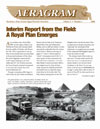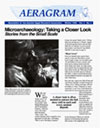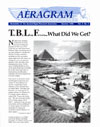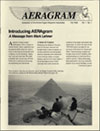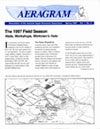[First posted in AWOL 8 December 2009, updated 30 April 2020]
Gallia
eISSN - 2109-9588
Gallia
eISSN - 2109-9588
Créée en 1942 par le CNRS, Gallia est la revue de référence de l’archéologie nationale. Son champ chronologique couvre la Protohistoire, depuis le premier âge du Fer, l’Antiquité et l’Antiquité tardive jusqu’à la fin des royaumes mérovingiens. Son champ géographique est celui de l’ancien espace « gaulois », correspondant aux provinces romaines des Trois Gaules, de la Narbonnaise et des Germanies, ainsi que les territoires immédiatement limitrophes qui participent à leur destinée. En ce sens, Gallia accueille des articles, en français ou en anglais, sur des sites ou des découvertes majeures en France, mais aussi dans les pays voisins si leur intérêt concerne la Gaule en général.
La revue est soutenue par le ministère de la Culture et le CNRS.
Created in 1942 by the National Center for Scientific Research, Gallia is the leading journal in the field of French archaeology. The journal publishes in-depth articles about ancient Gaul, from the Early Iron Age, Antiquity to the end of the Merovingian kingdoms. The geographical field encompasses the former Gallic space: the Roman provinces of the Tres Gallia (Three Gauls), the Narbonensis, the Germanies, as well as immediately bordering territories which participate in their fate. The journal welcomes articles, written in English or French, on sites or major discoveries in France but also in the nearby countries.
The Journal is supported by the French Ministry of Culture and the National Center for Scientific Research.
ISBN 978-2-271-12975-8
Back issues at Persée
- 76-1 | 2019
Monumentum fecit : Monuments funéraires de Gaule romaine- 75 | 2018
Varia- 74-2 | 2017
Varia- 74-1 | 2017
Agglomérations, vici et castra du Nord de la Gaule entre Antiquité tardive et début du haut Moyen Âge- 73-2 | 2016
Varia- 73-1 | 2016
Stations routières en Gaule romaine- 72-2 | 2015
Varia- 72-1 | 2015
La naissance des capitales de cités en Gaule Chevelue
1943-1949
1950-1959
1960-1969
1970-1979
1980-1989
1990-1999
2000-...
See the full List of Open Access Journals in Ancient Studies








